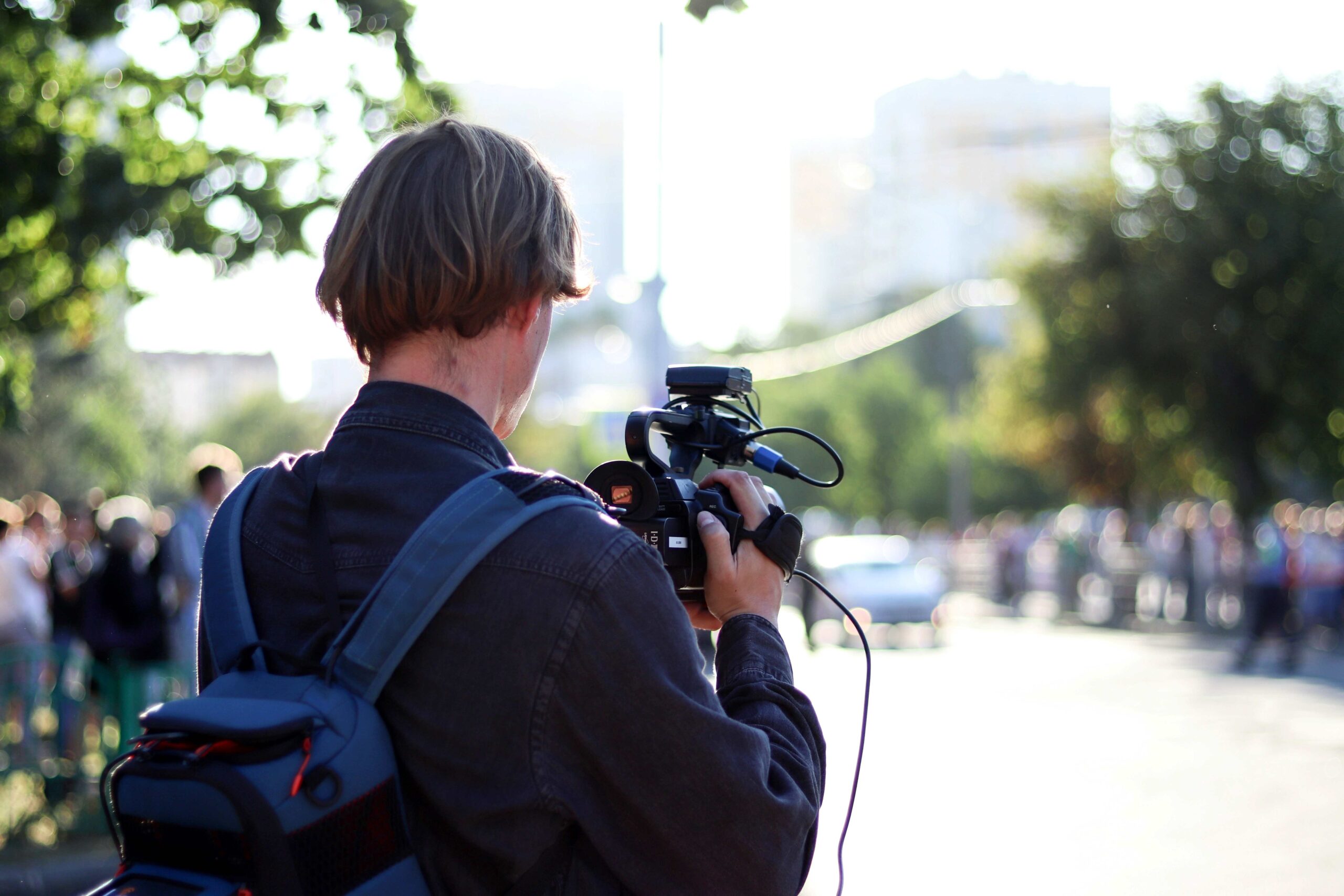Across the world, press freedom serves as a bedrock for democracies, offering a vital medium for information dissemination and holding power to account. In Africa, however, a concerning trend is emerging. July 2023 alone saw 80 press freedom violations in 17 sub-Saharan African nations, as reported by the International Press Institute (IPI). This rampant obstruction of the media – from newsroom raids to arrests and attacks on reporters – paints a dire picture for a continent with a rich tapestry of cultures and histories.
The details, laid bare in IPI’s latest report, are grim. The Democratic Republic of Congo (DRC) tops the list with the highest number of press freedom incidents. Countries like Kenya, Uganda, Zimbabwe, and Gabon follow closely. State actors, especially police and security personnel, emerge as primary violators, instigating physical attacks, arrests, detentions, and even forced deletions of content from journalists’ devices.
This decline isn’t confined to nations traditionally labeled as having questionable democratic processes. Rather, it seeps into even the well-established democracies like Botswana and South Africa. Angela Quintal of the Committee to Protect Journalists (CPJ) highlights the insidious nature of these violations in southern Africa.
For instance, in Botswana, the seizure of devices and arrests of Ryder Gabathuse and Innocent Selatlhwa, affiliates of the leading newspaper Mmegi, mark a chilling threat to press freedom. Meanwhile, South Africa witnesses its own press freedom concerns, including legal suits against media houses and challenges with media accreditation.
But what could be causing this escalating crisis? Reporters Without Borders (RSF) sheds light on some underlying causes. Senegal and Tunisia, both of which experienced significant drops in the press freedom ranking, offer illuminating cases. Senegal’s potential third term for President Macky Sall has catalyzed deteriorating conditions for journalists, a surprising twist for what was once seen as a beacon of regional press freedom. Tunisia, under President Kais Saied, has become increasingly intolerant towards press criticism.
A further concern is the proliferation of disinformation across the continent. Often, political actors in many of the 180 assessed countries are implicated in widespread disinformation or propaganda campaigns. Pro-Russian narratives, buoyed by fake media networks, have found fertile ground in Africa, tarnishing authentic reporting and vilifying journalists who resist state-driven narratives. The defense of such narratives has bolstered disinformation, threatening the very core of journalistic integrity in nations like Mali, Burkina Faso, and the Central African Republic.
Danger looms for reporters. The Tigray war in Ethiopia, for instance, has led to numerous journalist arrests and state propaganda. Meanwhile, in the DRC’s North Kivu region, journalists face pressures from both rebel groups and loyalist forces.
In the face of such adversity, the sacrifices made by journalists in Africa cannot be understated. Between September 2022 and January 2023, five journalists were tragically killed in Cameroon, Kenya, Somalia, and Rwanda. Impunity remains a severe challenge, with arrests on falsified grounds targeting investigative reporters.
However, amidst the bleak picture, glimmers of hope remain. In Niger, a law that had previously been used to condemn journalists was amended. Uganda’s Constitutional Court revoked a provision of the Misuse of Computers Act criminalizing “false news.” Progress, it seems, is both possible and essential.
The RSF’s ranking shows that in seven out of ten countries, journalism conditions are poor. But this shouldn’t be a resignation to fate. Instead, it should be a clarion call for the world and for Africa. Upholding press freedoms isn’t just a matter of principle; it’s fundamental to the very fabric of democracy.
To truly flourish, Africa needs its journalists to shine light into the darkest corners, challenge power, and champion truth. For without a free press, democracy remains but a hollow promise.
Image Credit: Jana Shnipelson on Unsplash




